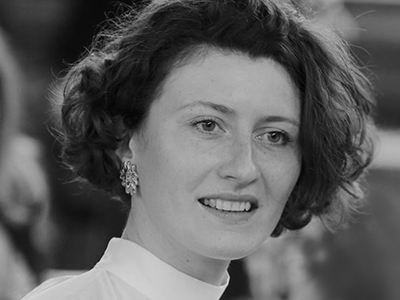- The second edition of the Lisbon International Biennial of Contemporary Jewellery will take place in various spaces from April to September 2024. Most events will take place in June
- Its theme is “Political Jewellery. Jewels of Power”
- Numerous Portuguese jewelers and international participants will reflect on the values of democratic society and the place and role of individuals within it
- The official program includes a colloquium, parallel events, exhibitions in the Royal Treasury museum—even one in a private apartment—and more
- This article discusses several key exhibitions and the historical context of Portugal
This is the dawn that I was waiting for
The first, whole and clear day
Where we emerged from the night and the silence
And free, we live in the substance of time
—”Daybreak,” by Sophia de Mello Breyner Andresen[1]
This year, Portugal celebrates 50 years of democracy. Its democracy has now lasted longer than the previous era, an ugly dictatorship under the beautiful name Estado Novo (New State). For 48 years, from 1926 to 1974, Portugal had endured a regime that ended with the Carnation Revolution.[2] Daybreak came.
It was “like you’re in a black-and-white movie and suddenly it’s filled with colors,” recalls Marta Costa Reis, a jeweler and the president of the PIN association,[3] of the period when Portugal transitioned to democracy.
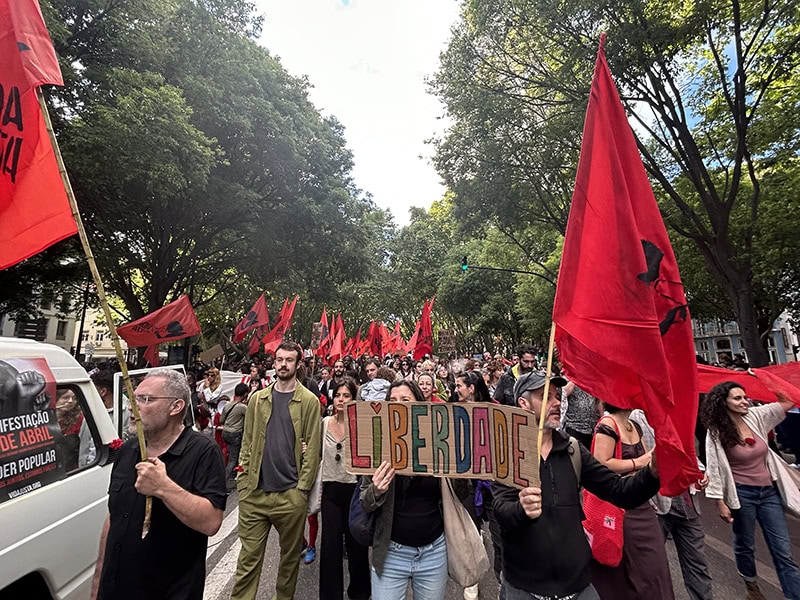
The themes of politics, democratic society, its values and fragility[4]—all will be discussed during the second Lisbon International Biennial of Contemporary Jewellery, which is titled “Madrugada” (“Daybreak”). Costa Reis talks about choosing the theme:
“When we thought of the idea of the biennial, there was no war in Europe. When we started planning, there was one war. Now there are two wars.[5] What we wanted to focus on was that feeling of hope for the future, how could we create the structure for a life that we want to have. We’re using the Carnation Revolution as an inspiration to show that feeling of looking for light and freedom and new possibilities that we need a lot now.”
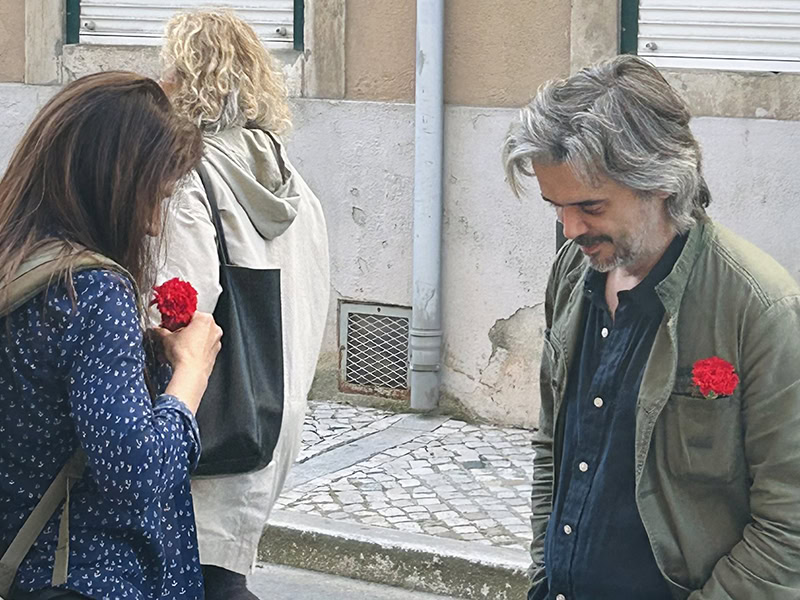
Overall, the biennial will feature 20+ international exhibitions, meetings with schools, master classes, and side events all over Lisbon. Here’s a sampling.
Jewelry for Democracy (April 18–June 30, 2024)
Women have made and continue to make a significant contribution to the establishment of democracy, while often remaining unacknowledged and anonymous. Over 50 participants in the Jewelry for Democracy exhibition dedicate their creations to these invisible women across the globe and throughout history.
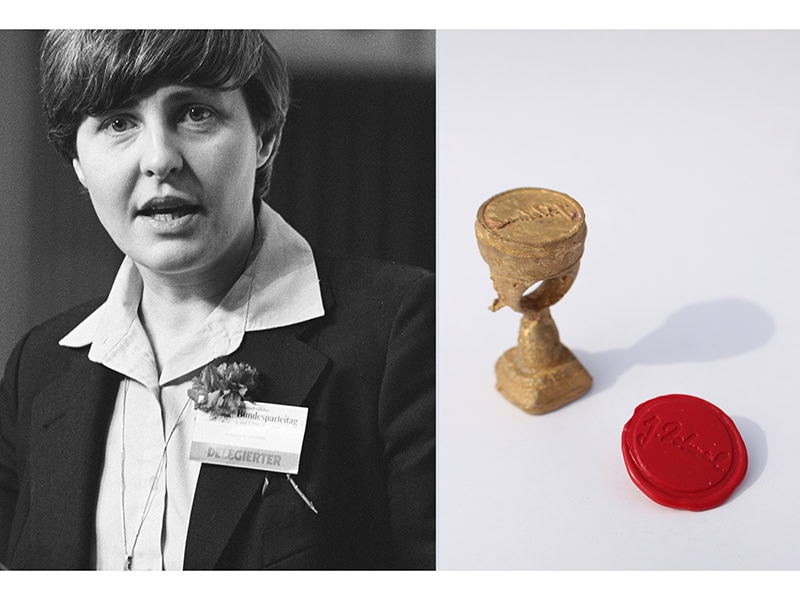
The Viennese jeweler Iris Hummer created a piece dedicated to Johanna Dohnal (1939–2010), who, as Austria’s first Minister for Women’s Affairs, fought for women’s rights. Dohnal once pinned a carnation, the flower of Portugal’s revolution, to her lapel as a sign of solidarity and as a symbolic bridge between Austria and Portugal.

Even small, seemingly insignificant acts can contribute to a fair and equal society realized through the fight of ordinary individuals engaged in their daily, invisible struggles. That’s why Hummer’s second piece connects to Maria Aranha (1920–1986), who lived in a small Portuguese town and engaged in what was traditionally considered men’s work—fishing. Now Maria Aranha’s photo is present in her hometown’s museum, where her story is also told. “During a visit to the Maritime Museum, I noticed an amulet that fishermen and their wives often wore,” says Hummer. “The material of the amulet is the balance stone[6] of a sea fish. I was particularly inspired by the significance of the material because these ‘pearls of fish’ can symbolize the balance within a society, but also the balance between man and woman.”

Maria Benedita’s piece is dedicated to Snu Abecassis (1940–1980), who founded Publicações Dom Quixote,[7] one of the largest generalist publishers in the Portuguese language, which became famous for publishing left-wing works under the dictatorship. Abecassis died in unresolved circumstances. Benedita’s necklace exists in correlation and symbiosis with a book published by Publicações Dom Quixote.

During Estado Novo, the Polícia Internacional e de Defesa do Estado (International and State Defense Police)[8] targeted not only well-known figures but also ordinary people attempting to bring about change in the country. One such woman is the subject of Catarina Silva’s work.
“Aurora Rodrigues,[9] a student activist during Salazar times, was caught and imprisoned for three months,” explains Silva. “She underwent 450 hours of torture: sleep deprivation torture, when she was unable to sleep for 16 days in a row, drowning torture, statue torture, and beatings.” She was only 21 and divulged nothing, so eventually was released. “She is still alive, and a meeting with her will take place as part of the biennial.”
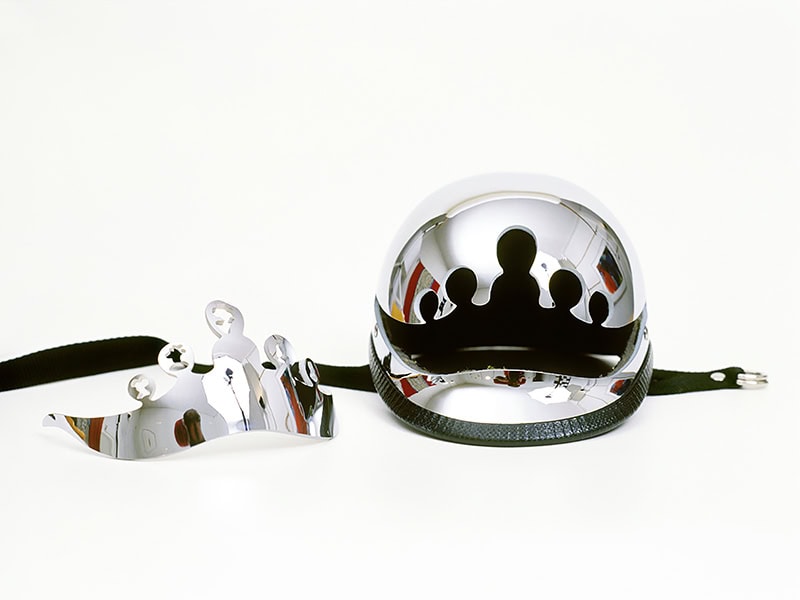
Contemporary Tiaras (April 18–June 30, 2024)
Crowns and tiaras have always been symbols of power and strength. But is this attribute relevant nowadays? While this type of jewelry is no longer in general use, it’s an excellent way to exercise creativity. You’ll see various interpretations of tiaras from jewelers worldwide at this exhibition, where they’re displayed alongside the Royal Treasure Museum’s pieces.
“First, the Tiaras exhibition was dedicated to the 40th anniversary of the jewelry department in Ar.Co., and took place in 2019,” says Silva, the curator of the show and a participant in it. “I thought it’s a beautiful gesture to make tiaras for the department, not in a power sense but more like a grant, for something achieved until now. Now for the biennial, I made a selection from the previous exhibition and added some jewelers who have already made tiaras, such as David Bielander, Ted Noten, Ruudt Peters.”
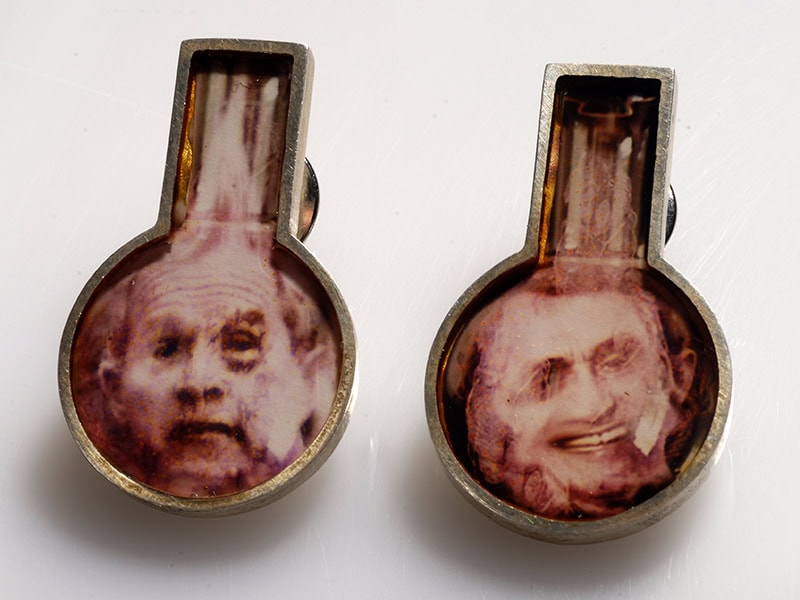
1984 (May 20–July 20, 2024)
The environment and freedom, the boundaries of human domination over nature, questions related to the Anthropocene—these deeply concern Teresa Milheiro. A retrospective of her powerful, sometimes radical, works will be presented in this show. Its title not only references George Orwell’s book but also the year she began her career as a jeweler.
Many of her works are dedicated to exploring the idea of corporal autonomy and the “psychological Auschwitz” phenomena of the 21st century, as Milheiro calls the universal tendency to unify bodies into a generic, illusory ideal.
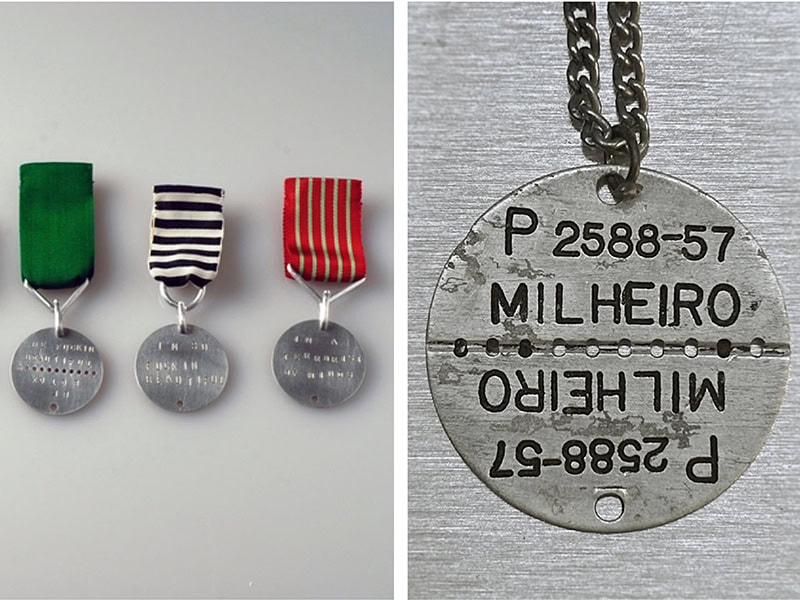
While exploring the subject of freedom in her works, Milheiro’s works often critique large corporations that deprive us of freedom of choice, even where food is concerned. “When I visit [my family’s land] outside the city, I still pick oranges from the tree my grandfather planted. I feel rich because I can still do it. Real freedom is knowing what you’re eating and being able to grow your own food. It may seem like a small thing, but it’s a big one.”

Chalk & Talk (June 26—July 28, 2024)
This project organized by the Extranalities collective will be devoted to democratic values. A collective work will be presented at the sacristy of the Church of Encarnação, in central Lisbon. It’s meant to provoke the public into some action. You will find out exactly what will happen at the event itself.
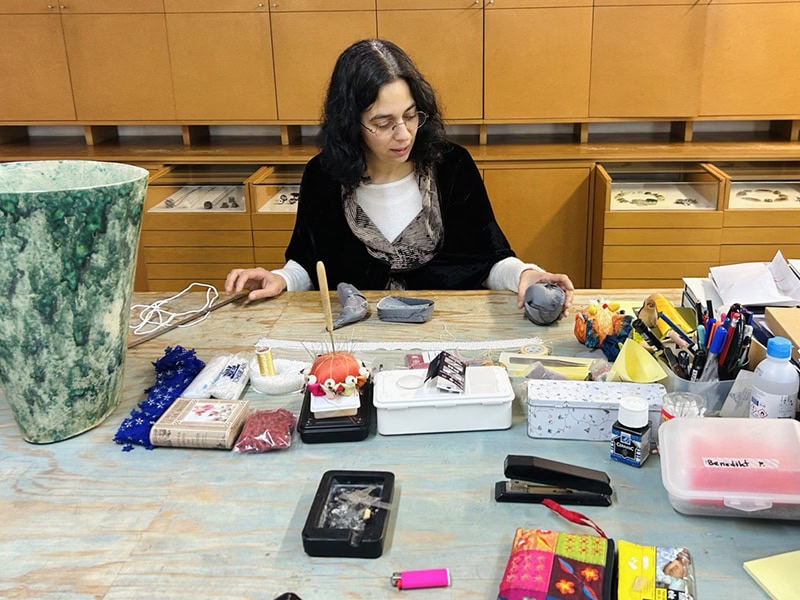
Catarina Silva has said her work in the show will be made from tent fabric, which is often used by refugees living on the street. “One day I counted 60 people and 50 tents that migrants set up in the square near my house. How can we help all of them? I listened to a politician’s speech, talking about how people in Portugal feel unsafe around migrants, although studies show the opposite: about 90% feel safe around immigrants. Maybe it’s immigrants who feel unsafe?”
Madrugada (June 27–September 22, 2024)
This collective exhibition will explore various topics, from how we want to live and how we want to organize our societies to the things we care about, the problems we need to solve, what remains unsolved, and what cannot be solved.

One section of this exhibition will be dedicated to materiality: how we connect with the land, which sources we utilize, and what materials we leave behind. It also explores how materials are often entangled in political dynamics. For instance, Pedro Sequeira’s necklace sheds light on commercial trades made during the World War II: Portugal possessed significant reserves of tungsten[10] and remained neutral, allowing it to serve as a major supplier of this metal to Germany.
Another part of the exhibition will include themes of caring: for oneself, for others, and for the environment in which we live. A section titled “More than Flowers” will explore the symbolic role of flowers and their association with protest movements. Other parts of the exhibition will explore phenomena that are sometimes not obvious but are ultimately connected to political contexts, such as memory, identity, etc.
***
For more information about the biennial, visit its website, here. The festival continues until September with an ambitious program. AJF will report on other aspects of the event this summer.
We welcome your comments on our publishing, and will publish letters that engage with our articles in a thoughtful and polite manner. Please submit letters to the editor electronically; do so here.
© 2024 Art Jewelry Forum. All rights reserved. Content may not be reproduced in whole or in part without permission. For reprint permission, contact info (at) artjewelryforum (dot) org
[1] Portuguese writer, author of children’s literature, mother of five children, activist, and founder of the National Commission for the Support of Political Prisoners. Buried in Lisbon’s National Pantheon. The original version of the poem is:
Esta é a madrugada que eu esperava
O dia inicial inteiro e limpo
Onde emergimos da noite e do silêncio
E livres habitamos a substância do tempo
[2] To learn more about dictatorship in Portugal, consider watching films by the independent Portuguese filmmaker Susana de Sousa Dias, including 48, Luz Obscura, and Natureza Morta. Some of them consist of only visuals, so there’s no language barrier if you don’t speak Portuguese. Learn more about de Sousa Dias here.
[3] PIN – Associação Portuguesa de Joalharia Contemporânea (Portuguese Association for Contemporary Jewellery).
[4] The topic is unfortunately very relevant for Portugal nowadays. For the first time since the fall of the Estado Novo dictatorship 50 years ago, the country’s nationalist forces are set to play a decisive role in Portugal’s political future: https://www.politico.eu/article/5-things-portugal-surging-far-right-party-chega-ventura/.
[5] The Russian invasion of Ukraine in 2022, and the escalation of the Israeli-Palestine conflict in 2024.
[6] These are also known as otoliths, earstones, or ear bones. They help fish maintain their balance and orientation in the water.
[7] https://pt.wikipedia.org/wiki/Publica%C3%A7%C3%B5es_Dom_Quixote.
[8] https://en.wikipedia.org/wiki/PIDE.
[9] https://pt.wikipedia.org/wiki/Aurora_Rodrigues.
[10] Tungsten was (and still is) a strategically important metal used in the production of steel for weapons. https://ffms.pt/en/estudos/1939-1945-war-tungsten-poor-harvests-and-two-recessions.


